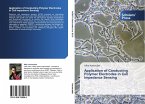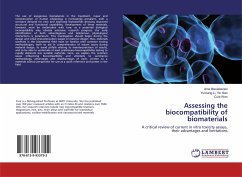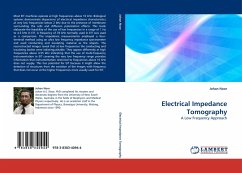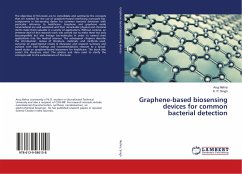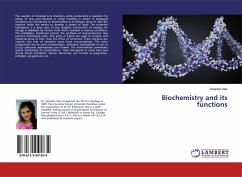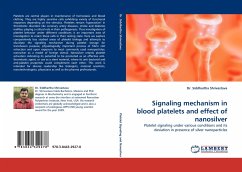This Book describes the design, simulation, fabrication and characterization of ECIS devices. The simulated as well as experimental impedance results for PBS interpret that the impedance due to double layer diffusion dominates at low frequency region up to few kHz whereas electrolytic bulk resistance has major role in higher frequency range. It is observed from the experimental results that blood and its components have specific impedance signature which decreases with the increase of frequency. In the case of various electrolytic solutions, the interfacial polarization and solution resistance play the major role in impedance; however measurements with the breast cancer cell suspensions reveal decrease of impedance value with the increase of invasiveness of the cancer cells. Impedance data of drug treated samples suggest that the cytotoxic effect of ZD6474 is dose dependent and with the increases of drug doses, the impedance decreases which correlates that ZD6474 blocks cell proliferation and induces apoptosis in breast cancer cells.


